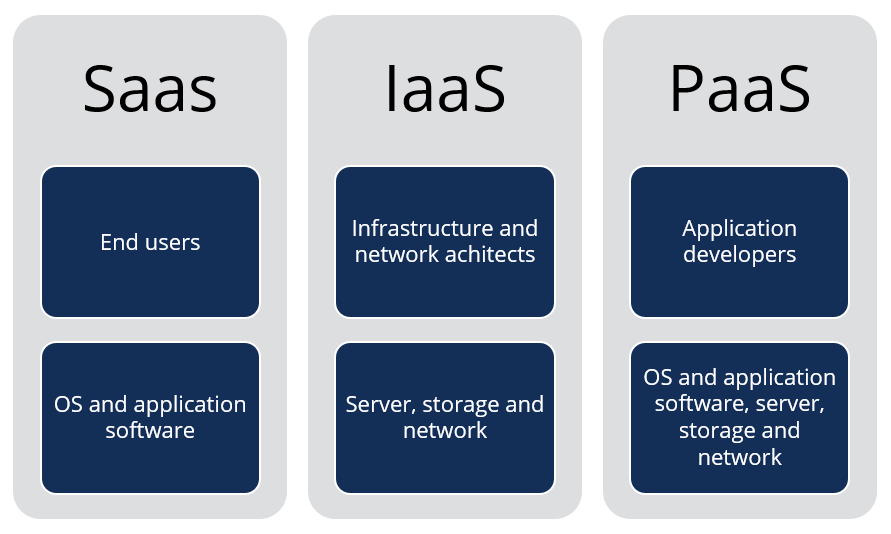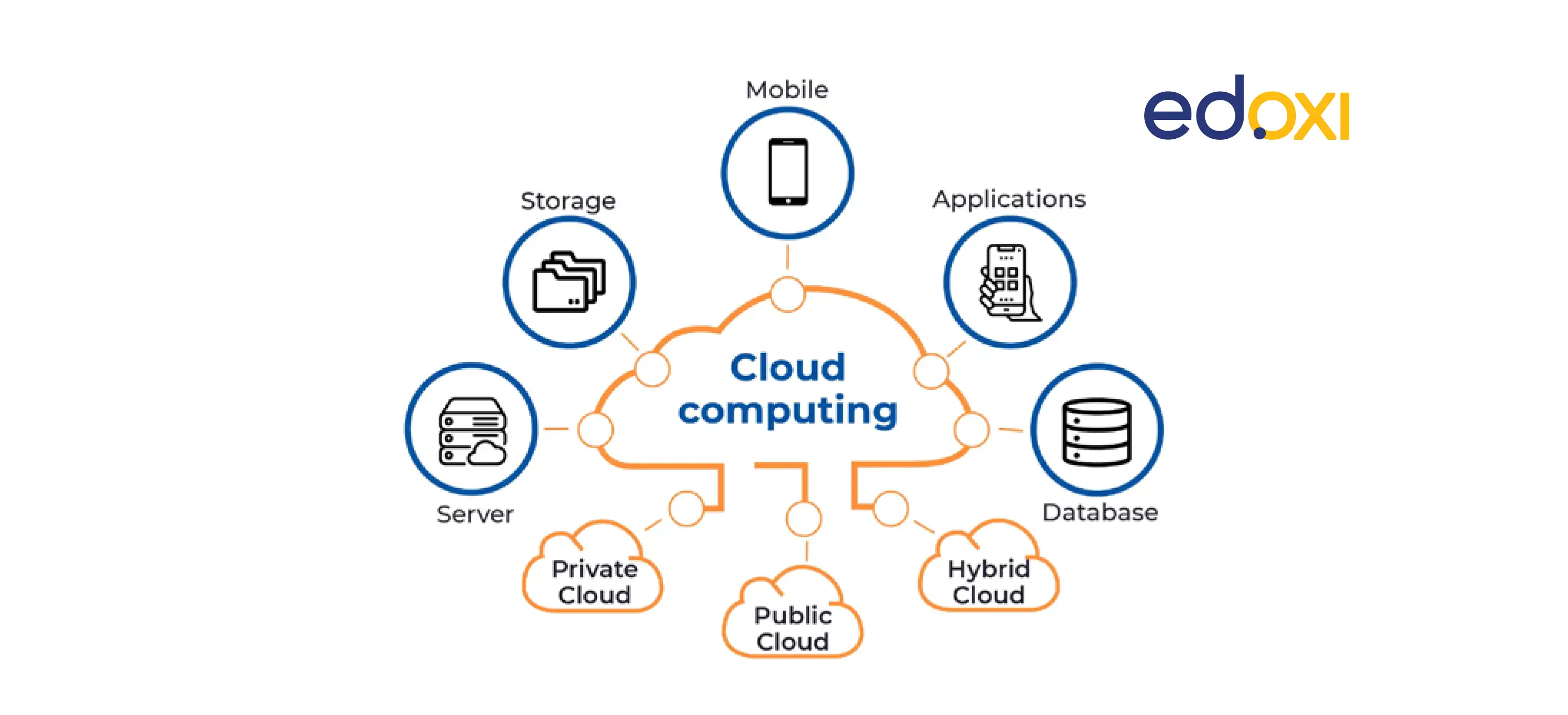LinkDaddy Cloud Services Mastery: Advanced Methods for Efficient Cloud Services Press Release
LinkDaddy Cloud Services Mastery: Advanced Methods for Efficient Cloud Services Press Release
Blog Article
Simplify Your Facilities With Cloud Solutions
As companies browse the ever-evolving landscape of technology and information monitoring, the role of cloud services in streamlining framework has actually become progressively noticeable. Just how can companies successfully browse this change and truly open the potential of cloud solutions for streamlining their facilities?
Advantages of Cloud Services
Cloud services provide a streamlined approach to handling IT framework, supplying companies with cost-efficiency, scalability, and versatility. One of the vital advantages of cloud solutions is the scalability they supply.
Additionally, cloud solutions remove the demand for organizations to purchase expensive hardware and software program. This cost-efficiency is a substantial benefit, specifically for tiny to medium-sized ventures seeking to reduce in advance expenses. By using cloud services, businesses can access premium IT resources without the substantial cost tag associated with typical facilities setups.
Furthermore, cloud services give businesses with the versatility to access their information and applications from anywhere with an internet connection. This level of access enhances partnership amongst groups, enables remote work, and enhances total performance. The flexibility provided by cloud solutions encourages organizations to adapt rapidly to altering market problems and client needs.
Price Savings and Scalability
In addition to the operational advantages highlighted previously, the assimilation of cloud services into a business's facilities generates substantial cost savings and improved scalability. Cloud services provide a pay-as-you-go design, enabling organizations to scale resources up or down based on current requirements, consequently preventing the prices linked with keeping excess ability. This versatility enables companies to adjust swiftly to changing needs without sustaining unnecessary expenditures.
Additionally, cloud solutions get rid of the need for upfront investments in equipment and software program, lowering capital investment. Operating costs are also reduced as companies no more require to handle and maintain physical web servers, causing lower power usage and IT staffing expenses. Additionally, cloud solutions offer automatic updates and upkeep, making sure that the facilities remains protected and current without needing manual treatments.
Improved Safety And Security Measures
Carrying out stringent safety procedures is extremely important when integrating cloud services right into a company's facilities to ensure and guard delicate data compliance with market guidelines. Cloud service providers offer boosted protection attributes such as information file encryption, firewall software protection, and multi-factor verification to alleviate cybersecurity dangers.
Additionally, regular protection audits and compliance assessments aid recognize vulnerabilities and guarantee adherence to industry criteria. Companies can also gain from attributes like computerized protection updates and real-time hazard tracking supplied by cloud provider. By prioritizing safety and security procedures and staying proactive in resolving prospective dangers, services can with confidence leverage cloud solutions while shielding their valuable data from unauthorized access or breaches.
Transitioning to Cloud Facilities
To efficiently incorporate cloud solutions right into a business's facilities, a structured strategy that attends to the shift towards cloud-based services is necessary. Transitioning to cloud infrastructure involves mindful planning and execution to make sure a smooth movement procedure. The primary step is to analyze the current facilities and determine which applications and systems are ideal for migration to the cloud. recommended you read This examination needs to consider elements such as information level of sensitivity, compliance demands, and performance requirements.
Once the evaluation is total, a movement strategy must be created. This strategy ought to describe the timeline, resources, and duties for relocating each element to the cloud. It is important to communicate this plan clearly to all stakeholders to ensure placement and reduce disruptions during the change.
Throughout the migration procedure, screening and surveillance are essential to identify and address any kind of concerns immediately. Regular checkpoints should be developed to track development and make necessary changes. Furthermore, training for workers on using cloud solutions must be offered to guarantee a successful transition and take full advantage of the advantages of the brand-new facilities.
Finest Practices for Cloud Fostering
Successful adoption of cloud services rests on the tactical positioning of business purposes with technological capacities and business preparedness. To guarantee a smooth transition to the cloud, organizations need to start by performing a thorough analysis of their present facilities and determining which workloads are best suited for cloud migration. It is crucial to include vital stakeholders from various divisions in the decision-making procedure to gain buy-in and address any issues at an early stage.
One more finest practice for cloud adoption is to prioritize safety and compliance. Organizations needs to meticulously examine the safety actions used by cloud solution read what he said providers and guarantee that their data is secured according to sector criteria and regulatory requirements. Executing durable information security, accessibility controls, and normal protection audits can help mitigate risks related to cloud fostering.

Conclusion

As organizations navigate the ever-evolving landscape of innovation and data administration, the duty of cloud services in simplifying facilities has actually become significantly prominent - universal cloud Service. Exactly how can services properly navigate this transition and genuinely open the potential of cloud services for simplifying their facilities?
Cloud solutions provide a structured strategy to managing IT infrastructure, supplying organizations with scalability, cost-efficiency, and adaptability. By making use of cloud solutions, businesses can access premium IT resources without the hefty price tag associated with traditional infrastructure setups.
To ensure a smooth transition to the cloud, companies need to begin by carrying out a detailed analysis of their see present facilities and determining which workloads are best fit for cloud migration.
Report this page